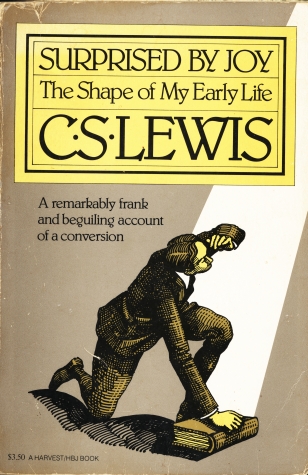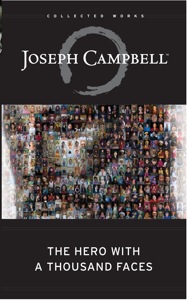The great surprise of joy that Lewis speaks of in his autobiography was that there was indeed something real to satisfy his desire for Joy, and surprise upon surprise, his desires had been realized in the coming of a person.
The Joy to which all the great myths pointed had become fact in the person of Jesus Christ. Upon discovering that the gospels were not as unreliable as he had been led to believe, he was blown away by the uniqueness of the story of Christ that he found in them:
Myths were like it in one way. Histories were like it in another. But nothing was simply like it. And no person was like the Person it depicted; as real, as recognizable, through all the depth of time…. Here and here only in all time the myth must have become fact; the Word, flesh; God, Man.
In other words, all that was true of the great myths was true of the story of Christ: the story of a dying and rising god who came to save humanity from the course of destruction on which they had set themselves.
And yet, woven into this story were historical particularities: Christ was born at this real historical time in this real historical place under this real historical emperor. His exploits were witnessed and recorded by real people who believed their veracity so strongly that they were willing to give their lives for it. Lewis concluded (following Tolkien) that the story of Christ was a “true myth”
… a myth working on us in the same way as the others, but with tremendous difference that it really happened… the Pagan stories are God expressing himself through the minds of the poets, using such images as He found there, while Christianity is God expressing himself though “real things”.
The Incarnation was the deeper reality, the great Fact to which all the myths pointed; the hero with a thousand faces was revealed to be Jesus Christ, a real historical person, God expressing himself no longer through “good dreams” but through concrete reality.
The story of Christ was not, as the other myths, true merely because it contained spiritual truths or pointed to deeper realities, but doubly true because it happened. It not only points us to a world beyond our senses, but satisfies our senses as well.
The eyewitness John put it well:
“that which was from the beginning, which we have heard, which we have seen with our eyes, which we have looked upon and have touched with our hands… the life was manifest, and we have seen it…” (1 John 1.1-2).
Next: The Invitation to Become Real


I really like this series, PJ. I think seeing the gospel as a story, as one of the myths/fantasies that I love is what helps me the most in believing in its truth and beauty. It’s cool to think that all the elements I love in fantasy is found in the gospel.
Thanks, Rachel!